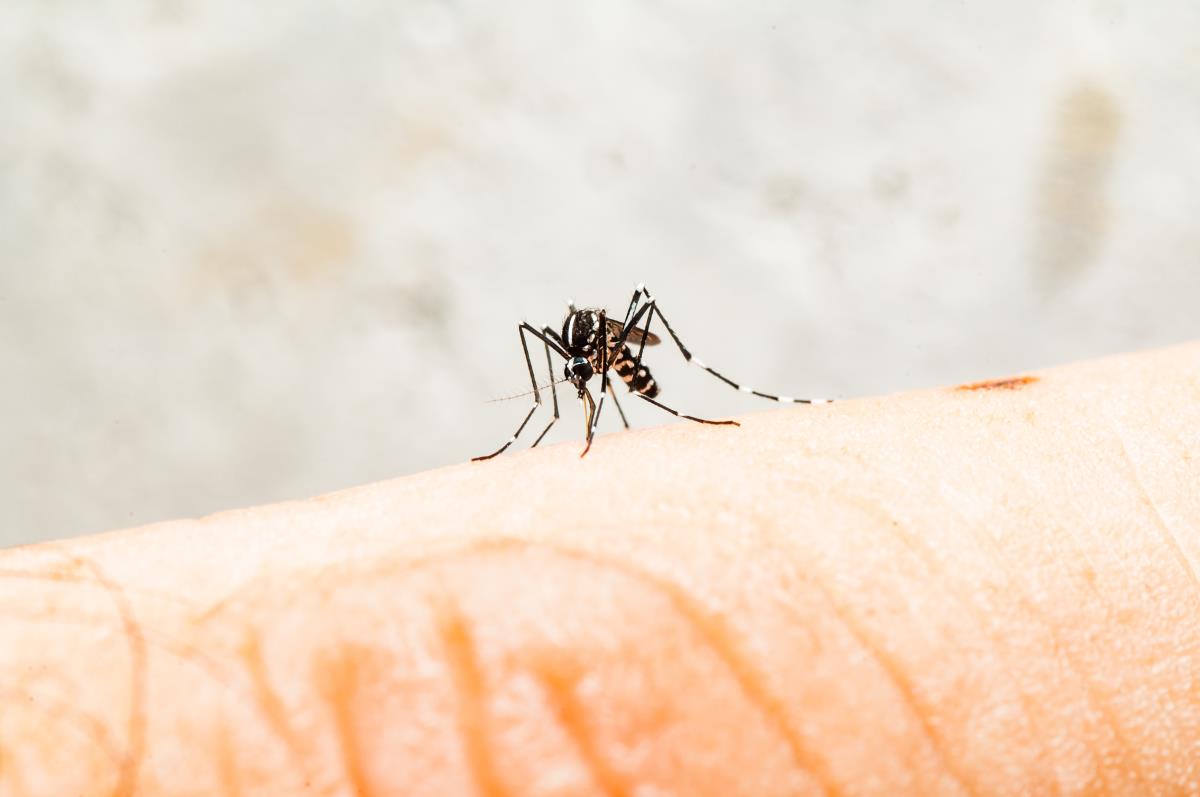Researchers develop a procedure that can extract diesel fuel from water and soil
02/18/2020 / By Michael Alexander

With the ever-increasing number of vehicles on the road, concern surrounding the risk of contaminating the environment with diesel fuel — and other petroleum-based products — is also rising.
Diesel fuel is an extremely noxious pollutant: when spilled on water, it stays mainly on the surface, which ends up decreasing the water’s oxygen concentration, resulting in the inhibition of the growth of aquatic flora and fauna; when spilled on soil, diesel gets absorbed underneath the surface, where it gets distributed mainly in the tillage layer and causes harmful effects not just on soil permeability, but also the growth of microorganisms, earthworms and crops.
What makes diesel fuel pollution and contamination even more troubling is that diesel fuel comprises approximately 35 percent aromatic hydrocarbons which take a long time to break down.
In response to this, Chinese researchers developed a hydrophobic nanosponge to adsorb diesel fuel. According to the researchers, this new nanosponge could effectively control diesel fuel migration and remove diesel fuel from water and soil.
The researchers made the announcement through a paper published in the journal Science of The Total Environment.
The research team modified a nanosponge by silylation of amino silicon oil and aminopropyltriethoxysilane in order to obtain a hydrophobic nanosponge. This modified nanosponge can effectively control diesel fuel migration and then remove the said contaminant from water and soil through a hydrophobic siloxane group.
According to the researchers, this ability can decrease the negative effects of diesel fuel on plant growth, as well as on fauna such as earthworms and fish.

The researchers added that aside from being stable against coexisting ions and temperature, the new nanosponge also displayed a relatively good reuse performance, and that diesel fuel could be conveniently desorbed or separated from the sponge, thus facilitating its possible recycling. In addition, the process for making the sponge is said to be environment-friendly, low cost and simple.
The researchers hope that this development provides a promising approach to remediate diesel fuel contamination, making it potentially applicable in both environmental and agricultural fields.
Preventing and cleaning up emergency diesel and fuel spills
Fuel spills are a normal occurrence, especially when you work with heavy equipment, fuel-dependent generators and vehicles. However, they are preventable, and in the event of their occurrence in a small, domestic setting, are relatively easy to clean up.
Here are some tips:
- Store fuel properly. In case you are prepping, or storing fuel for emergency purposes, make sure you store them in airtight containers. Also, make sure you place the said containers in a safe, well-ventilated location.
- Always have a fuel spill emergency clean-up kit on hand.
- When refueling a generator, vehicle, or machinery, make sure you have another person to assist you in order to prevent spillage.
- Make sure you refuel in spots located far from open ground and storm drains.
- In the event that you spill fuel on the ground, immediately cover the spill with fabric pads, cat litter, or other loose absorbent materials.
- In the event of fuel spillage on bodies of water, notify the appropriate state and federal authorities immediately.
A standard fuel spill emergency clean-up kit must contain the following:
- Booms to contain or corral the spill. Contaminated absorbent booms must be disposed of after use. Reusable containment booms on the other hand, must be thoroughly washed with soap and hot water before reuse.
- Absorbent materials to clean up the fuel or oil. According to the University of Massachusetts, a well-stocked spill kit should have several forms of absorbent material: pillows, pads, loose pulp, and granular material. These must be disposed of after use.
- Containers to store soiled materials prior to disposal.
- Additional supplies to aid in the clean-up process.
- A small directory of numbers to contact in case of emergencies.
Find more stories on preventing toxic spills at Environ.news.
Sources include:
Submit a correction >>
Tagged Under:
This article may contain statements that reflect the opinion of the author





















